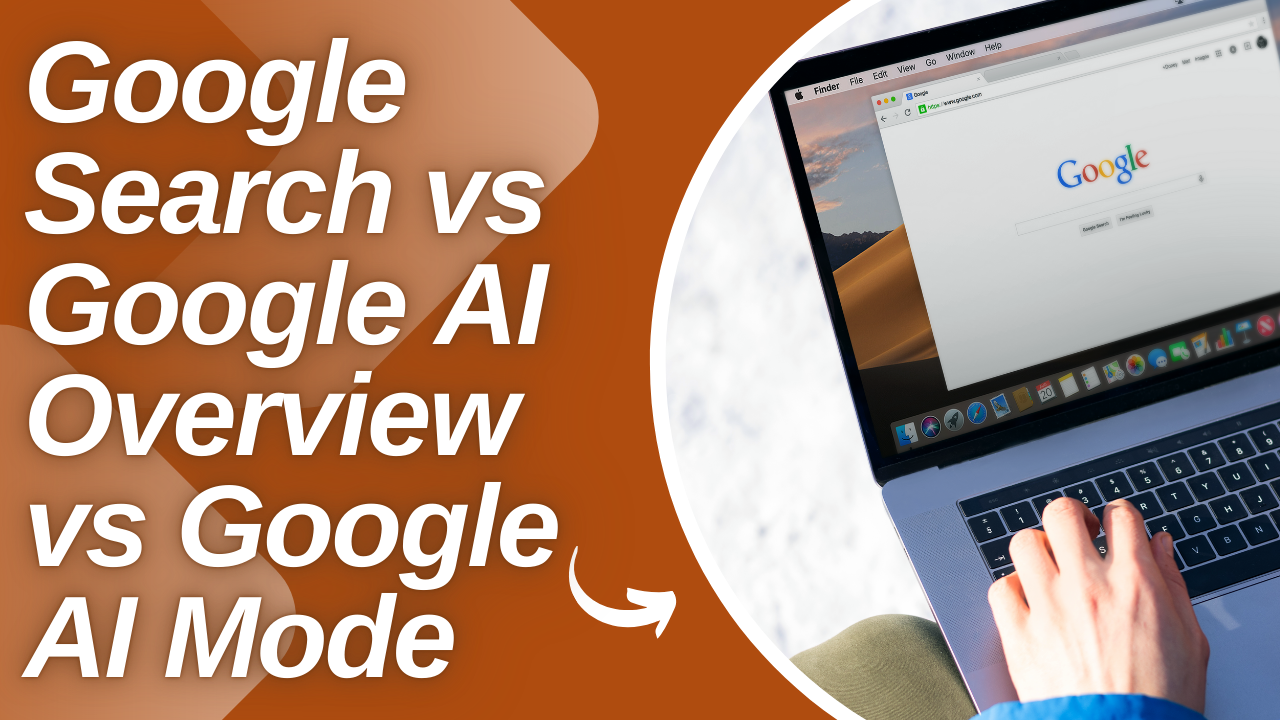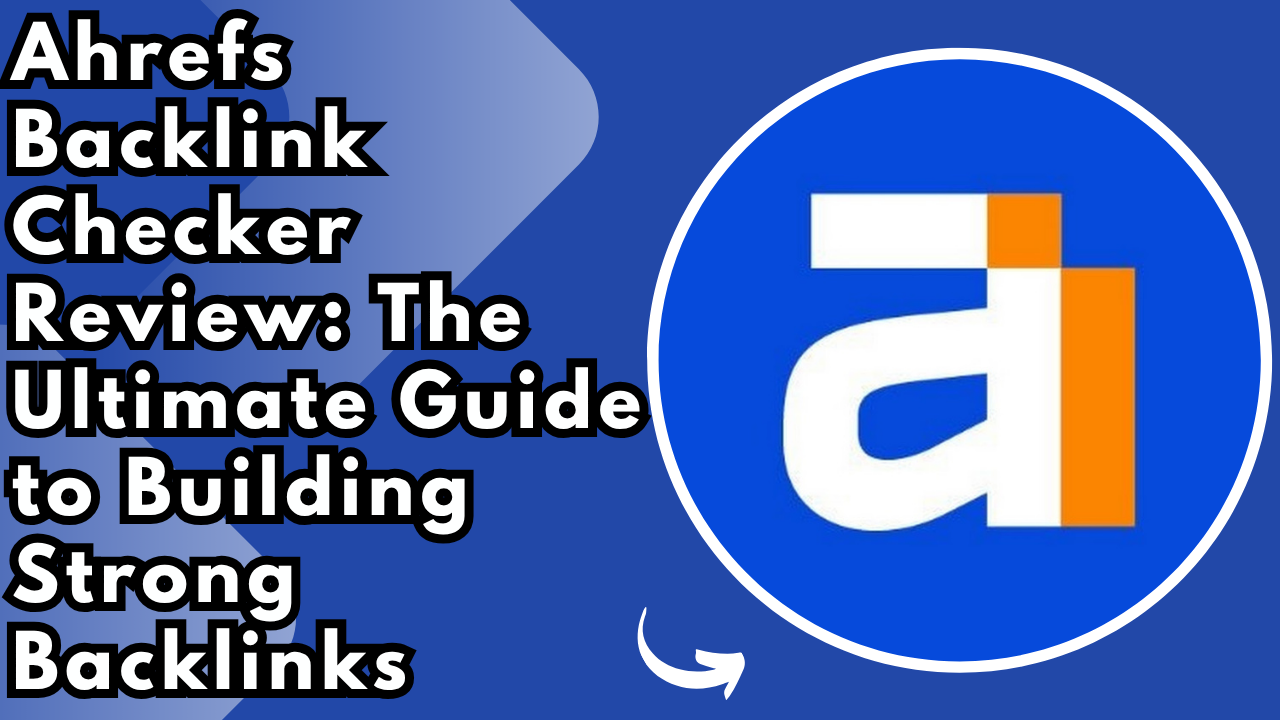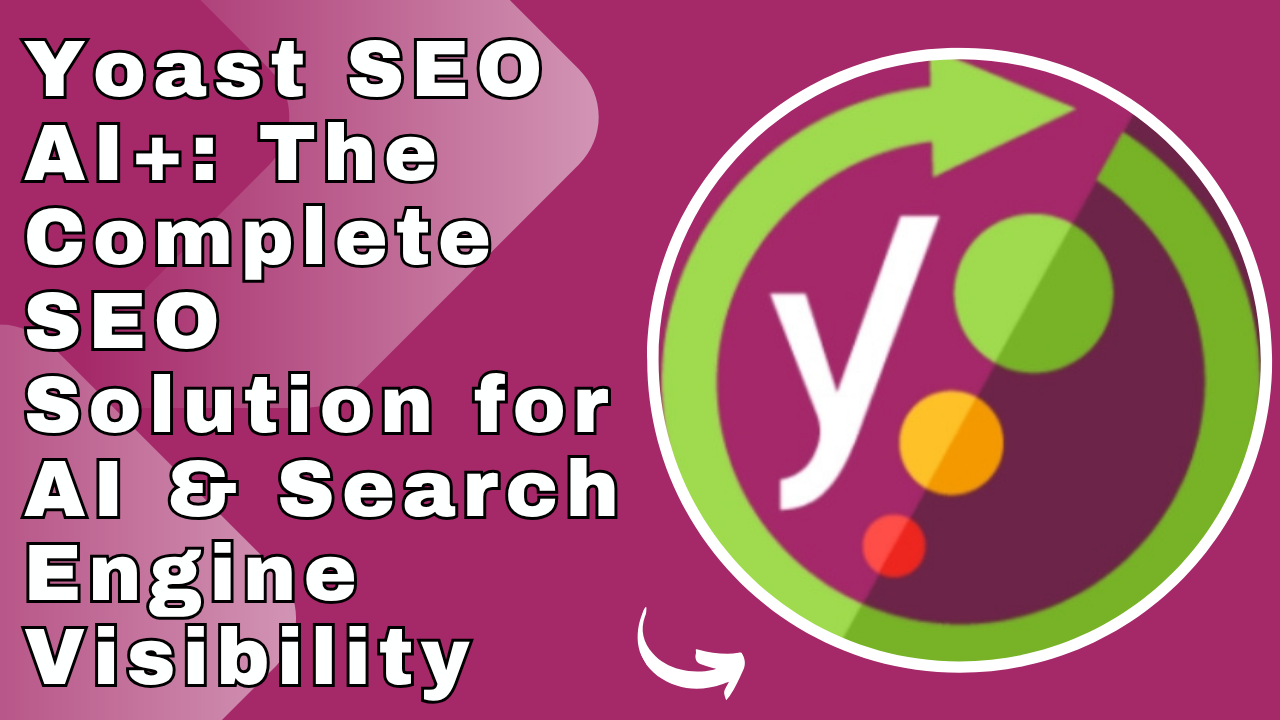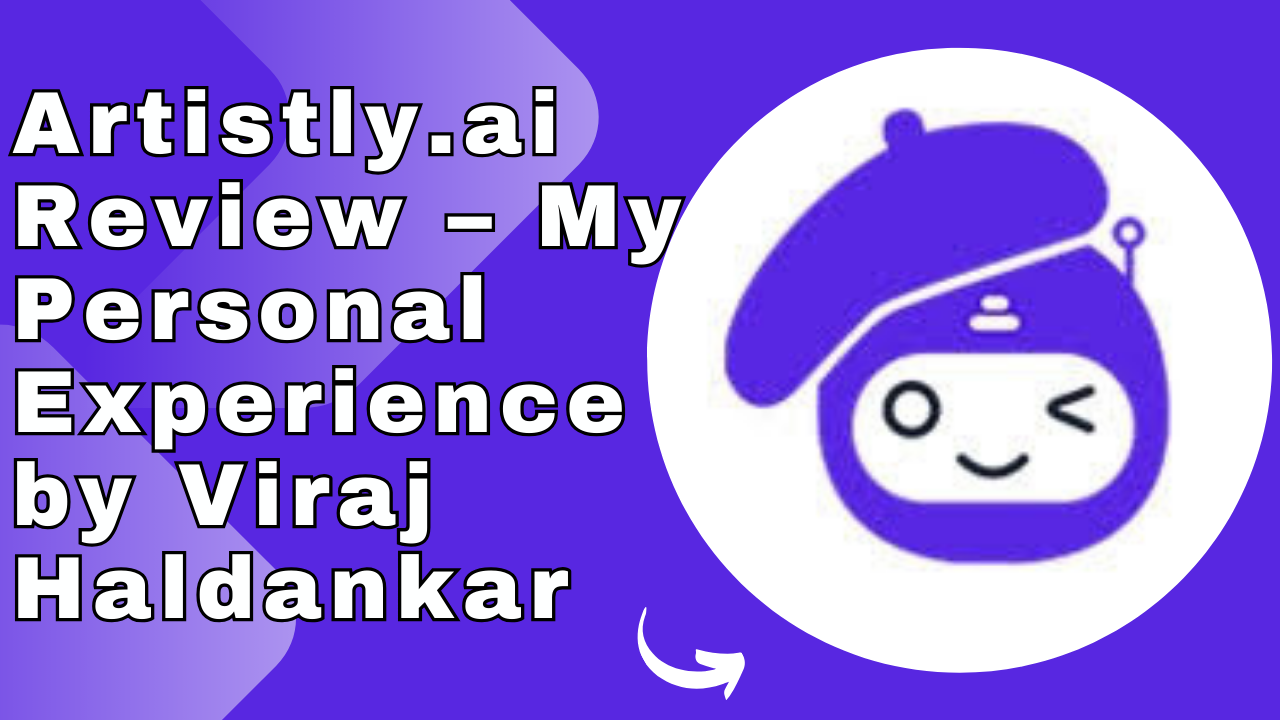The internet is built on search. For decades, Google has been the gateway to information, shaping how we discover knowledge, products, services, and entertainment. From the early days of typing simple queries like “best pizza near me” to today’s complex searches, Google has continuously evolved.
But with the rise of artificial intelligence, search is no longer just about providing a list of blue links. It’s about understanding intent, generating context, and creating personalized answers. Google’s latest innovations—AI Overview and the experimental Google AI Mode—are redefining what search means for billions of users.
To understand how this shift impacts us, let’s take a closer look at the difference between traditional Google Search, AI Overview, and AI Mode, and how they will shape the future of the web.
Google Search: The Traditional Gateway to the Internet
Google Search is the foundation of online exploration. It relies on crawling, indexing, and ranking billions of web pages. The search engine evaluates signals such as keywords, page authority, freshness, backlinks, and usability to decide what appears first.
How It Works
When you enter a query, Google retrieves relevant pages from its vast index and displays them in order of usefulness. A typical search results page includes:
- Organic results – traditional website listings
- Paid results – ads from Google Ads campaigns
- Featured snippets – highlighted quick answers
- Local packs – maps and business listings
- Images, videos, and news results – multimedia content
Example in Action
Searching for “best running shoes for beginners” shows blog reviews, shopping results, videos, and store listings. The user browses multiple sites, compares features, and makes an informed decision.
Strengths of Google Search
- Provides multiple perspectives
- Best for research and discovery
- Strong for commercial intent queries
- Supports businesses via SEO and advertising
Limitations
- Requires multiple clicks to find the best answer
- Can be overwhelming for simple queries
- Users often need to evaluate credibility themselves
In short, Google Search gives you the raw material of the web—plenty of sources but more effort required.
Google AI Overview: Smarter, Faster Answers
Google AI Overview takes search a step further by generating AI-powered summaries directly on the results page. It uses generative AI to synthesize information from multiple sources and provide a concise, easy-to-understand explanation.
How It Works
- You ask a question.
- Google AI scans and interprets relevant sources.
- It generates a summary answer at the top of the search results.
- Citations and links appear below, so you can explore further.
Example in Action
If you search “Does drinking coffee before exercise improve performance?”:
- Traditional Search shows research articles, blogs, and news sites.
- AI Overview instantly summarizes:
“Drinking coffee before exercise may enhance performance due to caffeine’s effect on alertness and endurance. Results vary by individual. Sources: studies and expert opinions.”
Benefits
- Saves time with quick answers
- Provides contextual summaries instead of just links
- Still encourages deeper exploration with citations
Challenges
- Lacks nuance in complex topics
- May reduce traffic to original websites
- Not always perfect in accuracy
AI Overview is a bridge between search and understanding—ideal for users who want quick knowledge without heavy browsing.
Google AI Mode: The Conversational Future of Search
Google AI Mode represents the next frontier. While AI Overview enhances traditional search, AI Mode transforms it into a conversational assistant.
Instead of browsing lists of websites or reading summaries, users can interact with search in real time, much like chatting with a knowledgeable guide.
How It Works (Expected)
- A user activates AI Mode via a toggle or dedicated interface.
- Queries receive natural language responses.
- Users can ask follow-up questions, refining results.
- The system integrates real-time data from shopping, travel, maps, and reviews.
Example in Action
If you type: “Plan me a 2-day trip to Udaipur with local food options”:
- Google Search → Shows blogs, YouTube vlogs, travel guides.
- AI Overview → Provides a short itinerary summary with links.
- AI Mode → Acts like a personal travel assistant:
- Suggests a customized 2-day itinerary
- Recommends hotels and restaurants
- Adds local dishes like dal baati churma
- Adjusts suggestions based on your feedback like “make it budget-friendly”
Benefits
- Highly interactive
- Personalized to user needs
- Can save hours of browsing
- Ideal for planning, comparisons, and decisions
Challenges
- Still experimental and evolving
- Could disrupt existing SEO and traffic models
- Trust and accuracy issues may arise if not properly verified
AI Mode is like having a search companion—it doesn’t just answer queries, it helps complete tasks.
Key Differences Between Google Search, AI Overview, and AI Mode
User Experience
- Google Search → Gives you sources to explore.
- AI Overview → Provides quick summaries with references.
- AI Mode → Offers conversational, personalized guidance.
Depth of Interaction
- Search = One query, many results.
- Overview = One query, one synthesized answer.
- AI Mode = Multiple queries, ongoing dialogue.
Best Use Cases
- Search: Research, shopping, business listings.
- Overview: Quick facts, general knowledge, comparisons.
- AI Mode: Planning, problem-solving, personalized recommendations.
Impact on SEO and Marketing
As search evolves, so must marketing strategies. Businesses and content creators need to adapt to ensure visibility across all three modes.
For Google Search
- Continue optimizing content with SEO best practices.
- Focus on high-quality, authoritative content.
- Maintain a strong presence in organic results.
For Google AI Overview
- Create clear, structured, fact-based content that AI can use in summaries.
- Use schema markup to make data machine-readable.
- Prioritize expertise and credibility.
For Google AI Mode
- Prepare for conversational queries.
- Build content that answers specific, task-based questions.
- Focus on user intent rather than just keywords.
The businesses that thrive will be those that align with AI-driven search while maintaining strong fundamentals in traditional SEO.
The Future of Search
The evolution from Google Search to AI Overview and AI Mode is not about replacement—it’s about integration. Each serves different needs:
- Traditional search for exploration
- AI Overview for quick knowledge
- AI Mode for personalized guidance
In the future, users may switch seamlessly between all three depending on their goals. For businesses, this means creating multi-dimensional content strategies that can perform across different formats.
Search will move from being link-based to experience-based, and from finding answers to solving problems.
Conclusion
Google Search, AI Overview, and AI Mode represent three stages of how we interact with information:
- Search gives us the raw data.
- Overview gives us the summary.
- AI Mode gives us the conversation.
For users, this means faster, smarter, and more intuitive experiences. For businesses and SEO professionals, it means adapting strategies to remain visible in an AI-driven world.
The future of search will not be about choosing one over the other, but about understanding how each mode serves a unique purpose in our daily lives.








